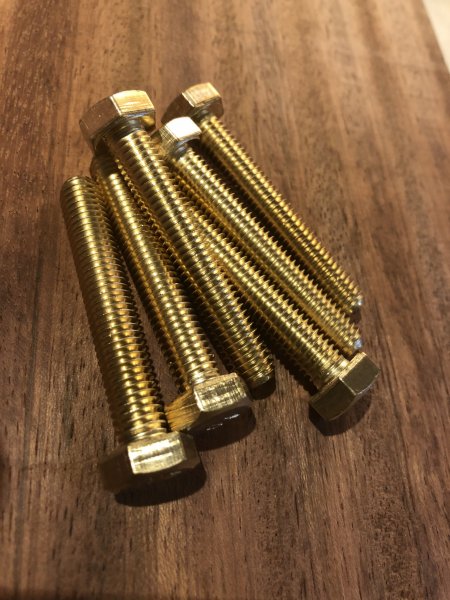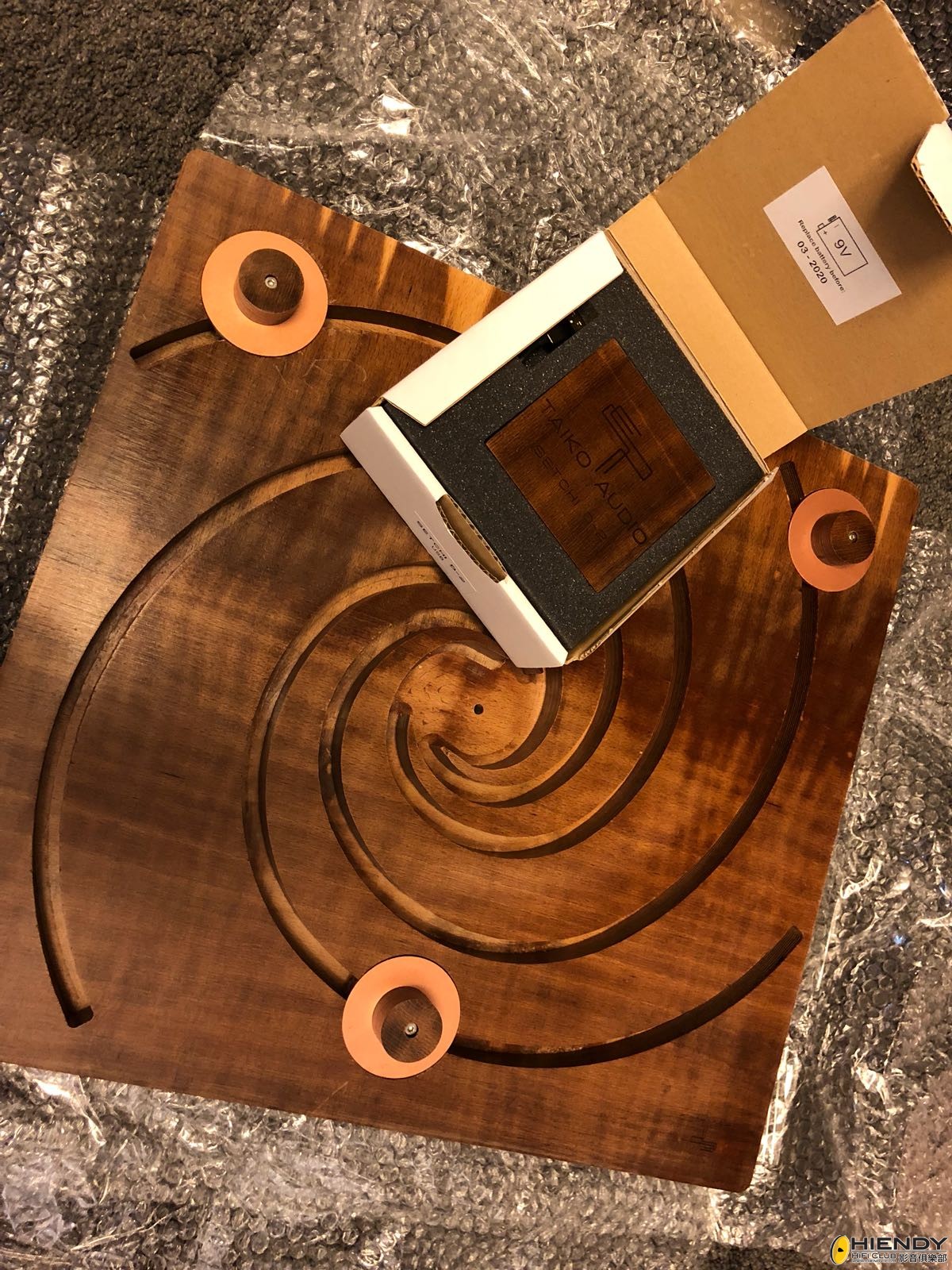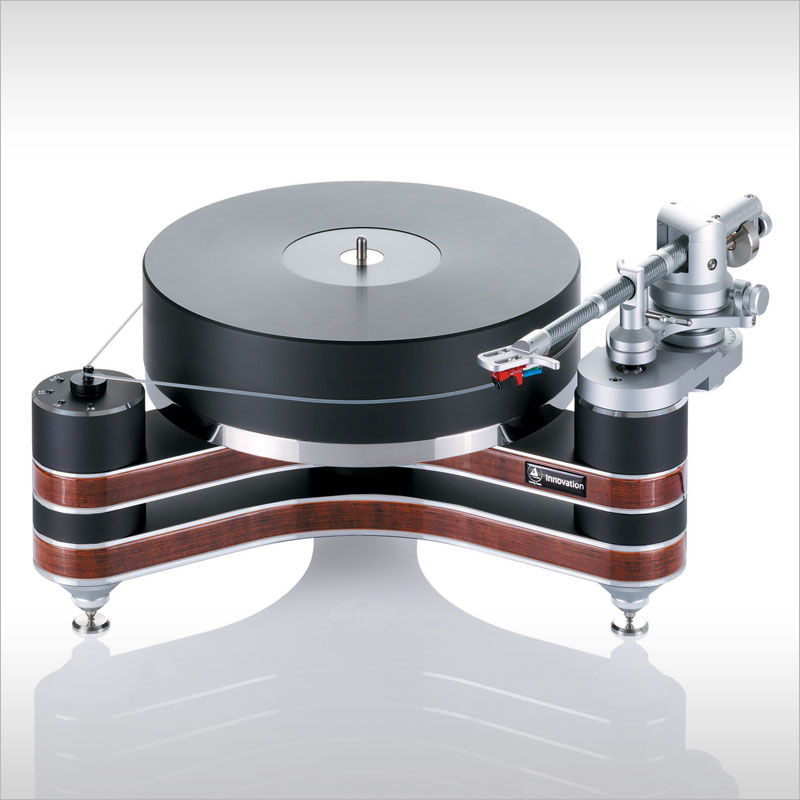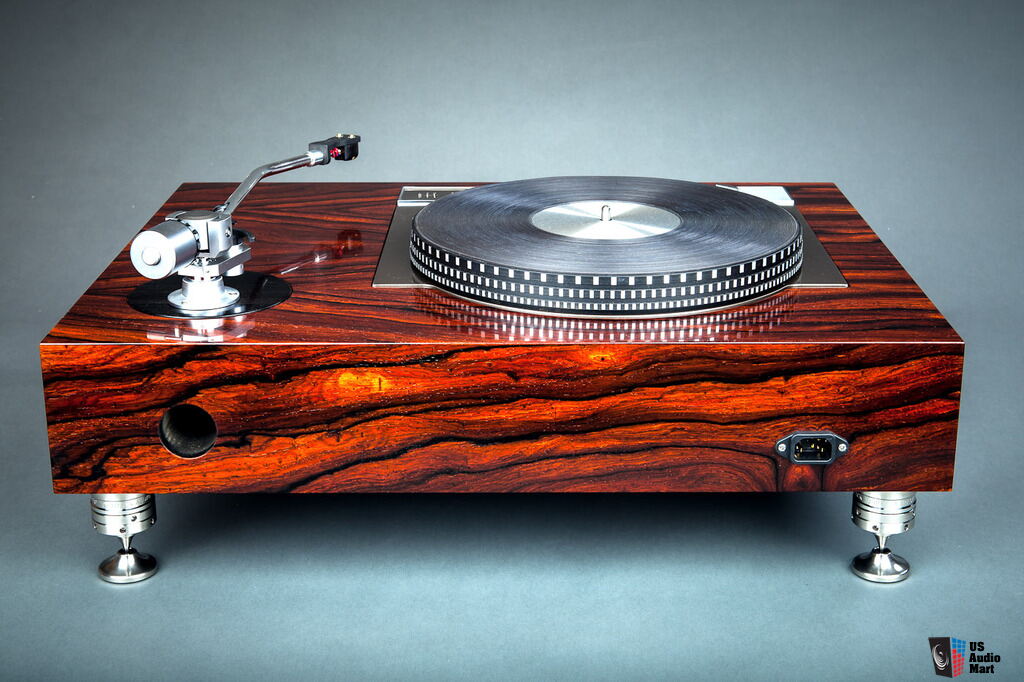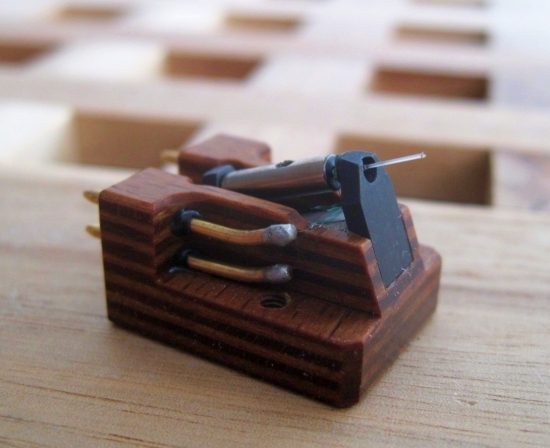Coupling and decoupling are overused words in high end, people follow these concepts blindly as if it’s gospel without using their own common sense. I wonder how many actually consider what purpose coupling and decoupling serve? Does either method enhance, detract or is benign in preserving the equipment’s qualities and characteristic. If a manufacturer is worth his salt they already picked the right feet for their equipment, why mess with the design.
david
David, I agree that in general, I'd rather not mess with a particular design. I suppose the first reason is that the manufacturer has tested and listened to the design as it is presented and sold to the customer. However, I have found that pneumatic isolation under my components does improve the sound.
My question about coupling or decoupling a component to the platform below it is rather basic. If the platform is designed to attenuate the resonances within a given component, it would seem to me the platform would be more able to do so if the component's vibrations had a way to reach the platform. Coupling the two together would seem to be more effective at this than decoupling the two. The stock rubber footers under my preamp would seem to hinder that effort and render such a platform less effective, but that is just a guess.
Perhaps Taiko Audio could comment on this issue.



